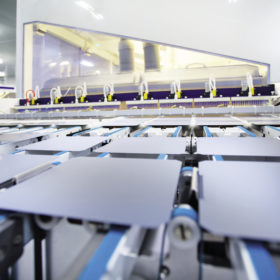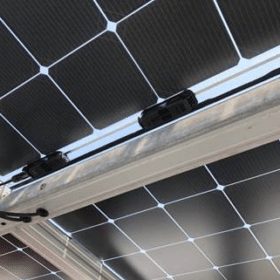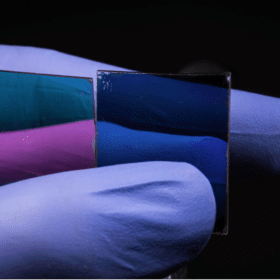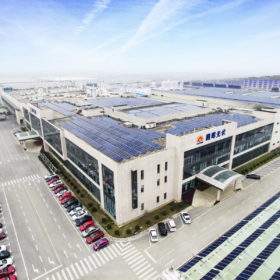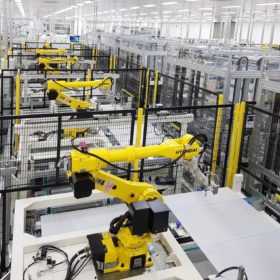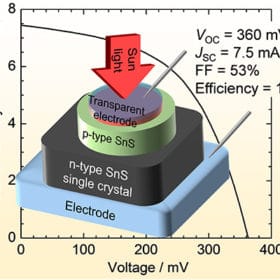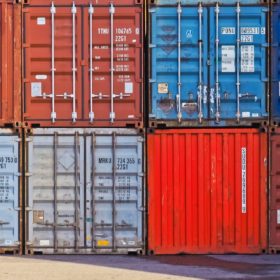Indian customs duty could drive up solar costs by 20%
PV installation costs in India are set to increase when a 40% customs duty goes into effect for solar modules from next year, along with a 25% duty on cells.
Chinese PV Industry Brief: A new module factory, increasing wafer prices
Eco Green Energy is building a 1 GW panel factory in the Jiangsu Province. Longi announced higher wafer prices for April.
URE Corp wants to begin TopCon solar cell production this year
The Taiwanese cell and module manufacturer claims to have achieved a 23.5% efficiency for its TopCon solar cell.
New optical coating could extend lifetimes of solar cells
U.S. researchers are collaborating on the development of optical coatings that could extend the lifetimes of PV cells.
Flexible perovskite quantum dot solar cell with 15.1% efficiency
An international research team has developed a PV cell with all-inorganic cesium-lead iodide (CsPbI3) perovskite. The scientists added phenyl-C61-butyric acid methyl ester (PCBM), one of the best electron acceptors in organic PV cells, into the CsPbI3 quantum dot layer.
Chinese PV Industry Brief: New polysilicon deal, more cell and module capacity
Xinte Energy has secured a supply contract for 152,400 metric tons of polysilicon. Talesun and Longi are both expanding their respective cell capacities by 5 GW.
Hyundai builds 1.37 GW solar cell factory in South Korea
The first 650 MW production line will be deployed by the end of June. The cells produced at the manufacturing facility will be used exclusively for Hyundai’s module production.
Meyer Burger to start PV cell, module production in May
Swiss solar manufacturer Meyer Burger is now looking for people to work at its new factories in Freiberg and Bitterfeld-Wolfen, Germany. The two facilities are scheduled to start production in May.
Japanese researchers build tin(II) sulfide solar cell with high open-circuit voltage
The single-junction cell has a conversion efficiency of only 1.4%, but its creators claim it may easily reach between 4 and 5%, when properly optimized. The device also showed a remarkable open-circuit voltage of 360 mV, which the scientists described as the highest VOC value ever reached for SnS‐based heterojunction solar cells.
India to levy 40% customs duties on imported solar modules from April 2022
The finance ministry has approved the proposal to levy the duty next year. Customs notification of the move will be issued at a later date.

